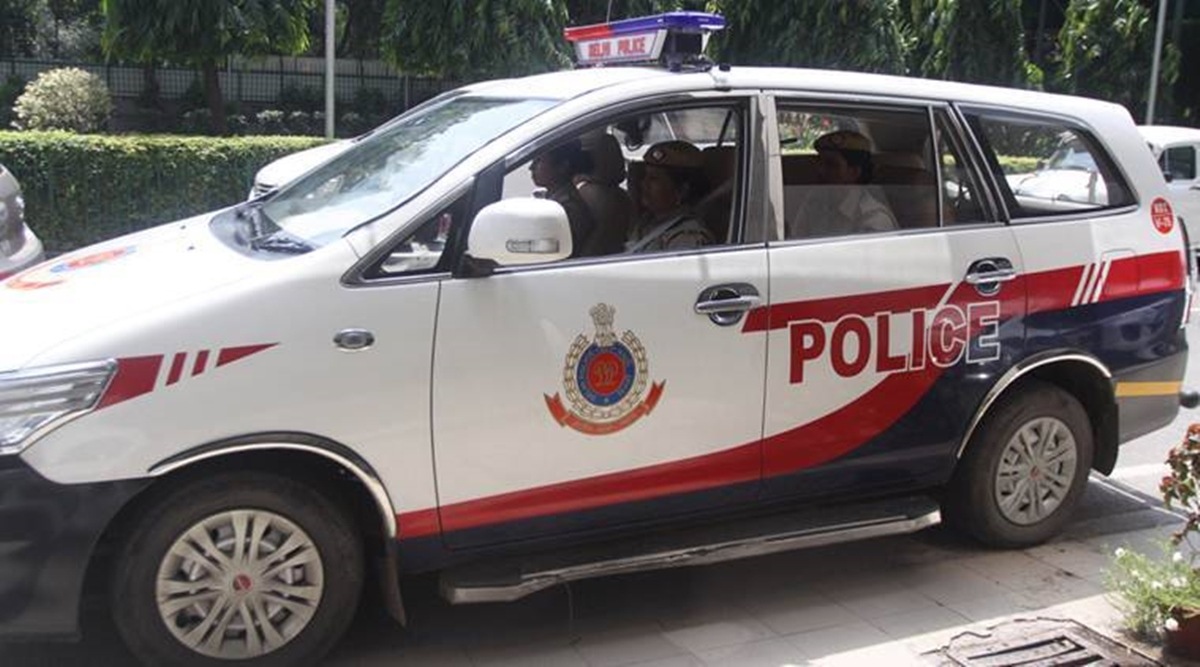 478 PCR calls of robbery received between Aug 17 and 31, only 21% were converted into FIRs under relevant section. (File Photo)
478 PCR calls of robbery received between Aug 17 and 31, only 21% were converted into FIRs under relevant section. (File Photo)Delhi Police Commissioner Sanjay Arora has directed all district DCPs to brief their staff to register FIRs under proper sections of law when they receive a PCR call, to ensure there is no “burking” – or a bid to suppress – any citizen’s complaint, it is learnt.
The directions came from the police chief in a crime review meeting held on September 15 in Vimarsh hall at Delhi Police headquarters. In the meeting, the Special Commissioner of Police (Operations) informed Arora that 478 PCR calls of robbery were received between August 17 and August 31, but only 21% calls were converted into FIRs under sections of robbery.
Low PCR conversion rate
Earlier this year, the Delhi Police released data suggesting only 40% of PCR calls of robbery were being converted to FIRs. Making a PCR call can take minutes and depends on the line and connection. Officers also claimed the PCR conversion rate is low because of fake calls, double calls, calls being diverted from one district to another etc.
He also informed Arora that instead of registering FIRs of robbery, more than 50% of the calls were instead registered as e-FIRs or found wrongly registered under other heads of crime by police in several districts.
Data provided by the Delhi Police shows that 1,221 robbery cases have been reported this year until July 15 as compared to 1,110 in the same time last year.
When contacted, Delhi Police spokesperson Suman Nalwa refused to comment on the direction.
Arora has conveyed to all Additional CPs and JCPs that ensuring quality of investigation is their prime responsibility and they should monitor heinous and important cases and issue necessary directions to all those concerned in this regard.
“Arora also directed that district DCPs should ensure full recovery in all the solved cases and also ensure that substantial evidence, particularly scientific evidence, is collected so that the case can be taken to its logical conclusion,” a senior police officer, who was present in the meeting, said.
In a recent crime review meeting with all the DCPs, Arora had directed them that in robbery and snatching cases, recovery made properly under Section 27 of The Indian Evidence Act is the primary determinant of quality investigation. However, this must be followed-up with the judicial TIP (test identification parade) of the case property and wherever possible, of the accused.
“In all the cases shown as worked out, without recovery, there must be supporting/corroborating evidence like CCTV footage, call details record, IP detail record (IPDR), establishing the presence of the accused at the scene of crime, forensic exhibits like fingerprints of the accused, in the least, statements of eyewitnesses of the crime,” an officer said, recounting the police chief’s directions.